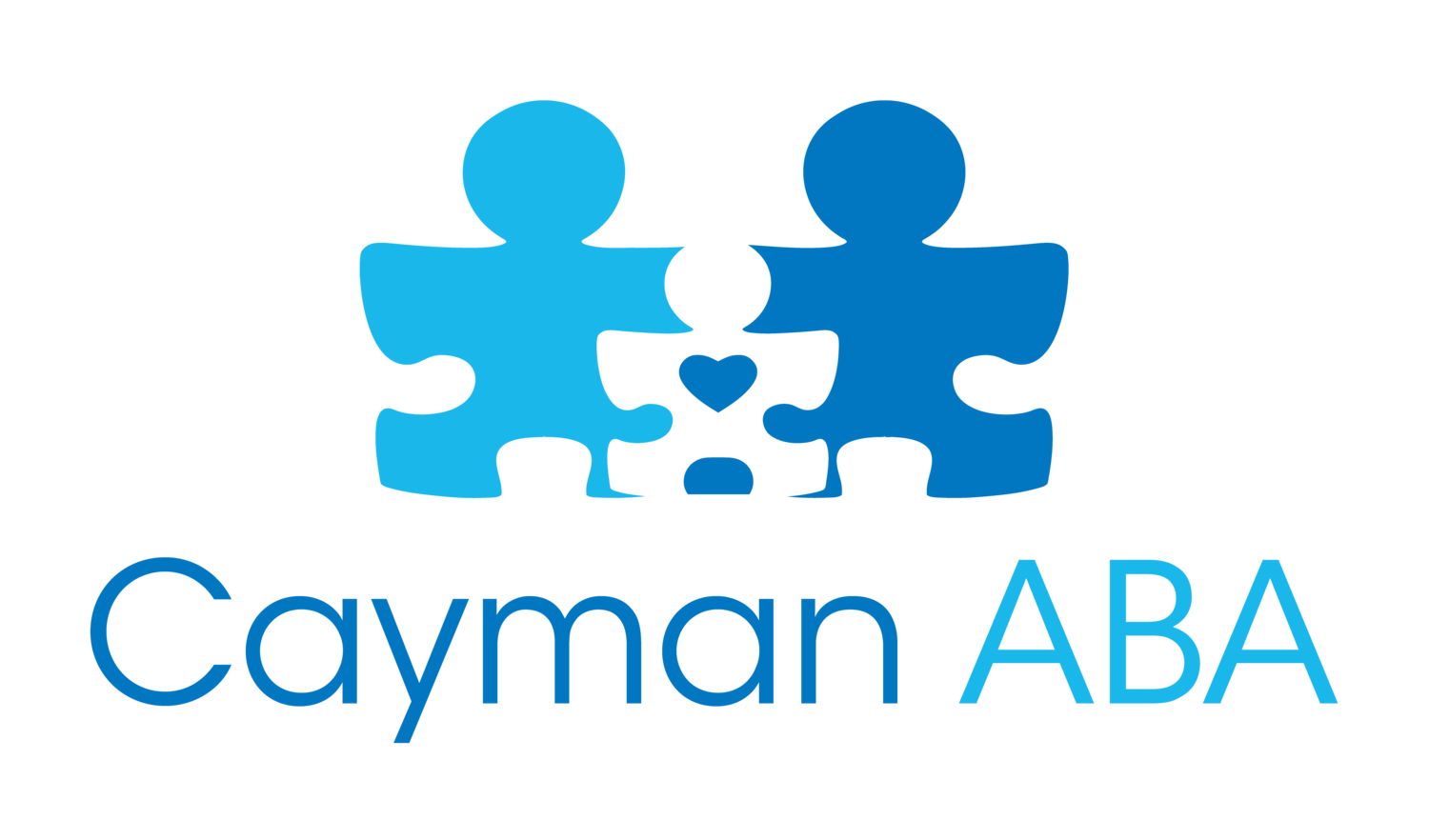What is a Behaviour Intervention Plan?
A Behaviour Intervention Plan (BIP) is an outline that describes, monitors and aims to replace a targeted behaviour. A targeted behaviour is typically one that is harmful or inappropriate, and causes disruption in other aspects of daily life. Targeted behaviours can include non-compliance, tantrums, and self-injurious behaviours. By creating a BIP after an assessment of the client, behaviour analysts are able to determine and describe the target behaviour, and create a treatment plan to decrease the occurrence of said behaviour. Every BIP is specific to the client, meaning we decide what intervention approach to use based on the strengths and needs of each individual. We realize each individual learns differently, which is why we spend quality time ensuring the BIP is the best practice for that client.
Breaking Down a BIP
Now, when looking at a BIP for the first time, it may seem daunting and confusing. Let’s break it down into the individual components, along with an example to really paint a picture of what exactly a BIP looks like. For example purposes, we will use the random name “Bobby” as our client.
Date: The date the BIP was created.
Ex: 15 April 2018
Behaviour: The target behaviour we are aiming to reduce, and the setting we are working in, i.e. at home, school or in the clinic.
Ex: Tantrum (Clinic)
Operational Definition: Defining the behaviour in a way that can be observed and measured.
Ex: Any episode of crying, flopping to the floor, disrupting objects and/or screaming. Onset is 10 seconds; offset is when he’s calm for 30 seconds. Does not include crying when he is hurt.
Measurement: How we measure the behaviour appropriately; do we measure how often the behaviour occurs, or how long the behaviour occurs for? (These are a few examples, among others, of how we can measure a behaviour).
Ex: Duration
Functional Behaviour Assessment Date: The date the client was assessed to determine the “where”, “when” and “why” of their challenging behaviour.
Ex: 14 April 2018
Function(s): The “why”, or the reason behind, the target/challenging behaviour.
Ex: Attention and Escape
Function Statement: Specifically describing the function of behaviour.
Ex: Bobby engages in tantrum behaviour to escape non-preferred tasks, and to gain attention from therapists/peers.
Baseline: Data collected before the intervention starts.
Ex: January 2018: Baseline data was taken over a period of 10 days and 25 individual sessions in the clinic. Bobby engaged in tantrum 55% of sessions, ranging in duration from 0 seconds to 55 minutes.
Current Goal: The goal, which is specific, measurable, achievable, realistic and timely, in place for the target behaviour.
Ex: By August 2018, the behaviour of tantrums will last no longer than 1 minute per episode in the clinic setting, across two different therapists, for a period of 2 weeks.
Progress: The data collected to determine whether or not the client has made progress with the intervention plan. If this is a new behaviour plan, this section will not be applicable until therapy has started.
Ex: N/A, as this is a new goal and behaviour plan.
The next 3 sections of the BIP are the specific intervention strategies used for the client, and are all based on the client’s specific strengths and areas of need.
Antecedent Manipulations: Preventative strategies must be done before the behaviour happens, not as a reaction to it.
Functionally Equivalent Replacement Behaviour(s): Replacement behaviours are the healthy behaviours we are reinforcing, instead of the challenging/target behaviour we are trying to decrease
Consequence Manipulations: Reactive strategies are planned responses that all stakeholders must follow, across all environments
Putting it all Together: Why do we use a BIP?
A BIP is an essential element of ABA therapy. The BIP provides us with all the information needed to implement a behaviour plan and monitor the client’s targeted behaviour(s). As time goes on, we analyze the data taken during therapy sessions, and determine if this behaviour plan is allowing the client to make any progress towards the current goal. If progress is not being made, behaviour analysts will take a step back, and make changes accordingly. A client’s BIP is the foundational resource that is used to ensure the best practices and measures are implemented for their specific needs.

